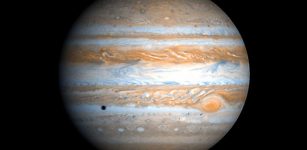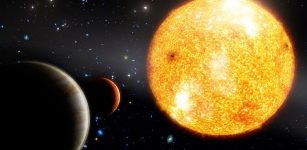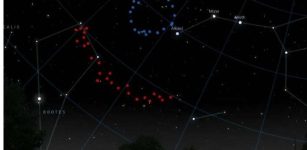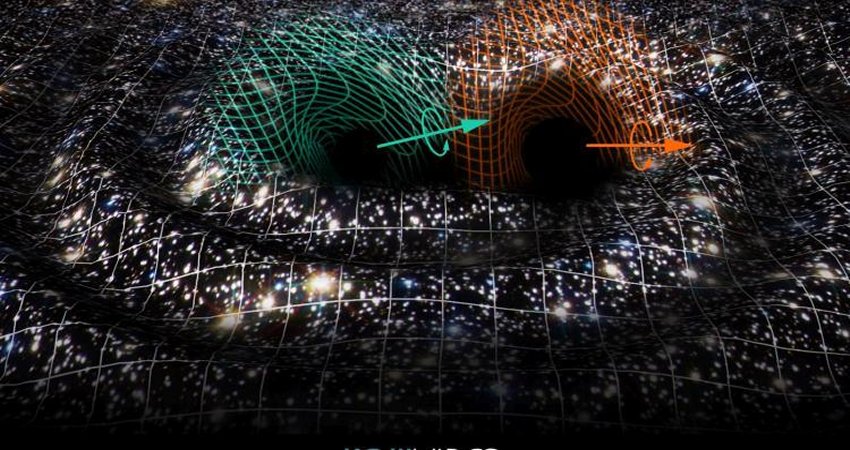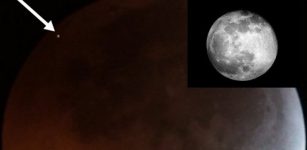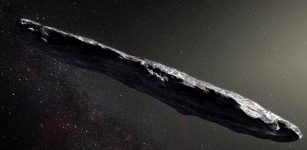Lonely Planet Orbits Its Star At The Distance Of One Trillion Kilometers
MesageToEagle.com – An international team of astronomers from UK, USA and Australia have found a planet designated as 2MASS J2126, which was thought to be a free floating or lonely planet.
However, the planet is not quite alone because it orbits its star but it does at the huge distance of approximately one trillion kilometers, or 6.2 billion miles or about 7000 times the distance from the Earth to the Sun.
Several free floating planets have been found in the last five years. These Jupiter-like gas giants lack the mass for the nuclear reactions that make stars shine.
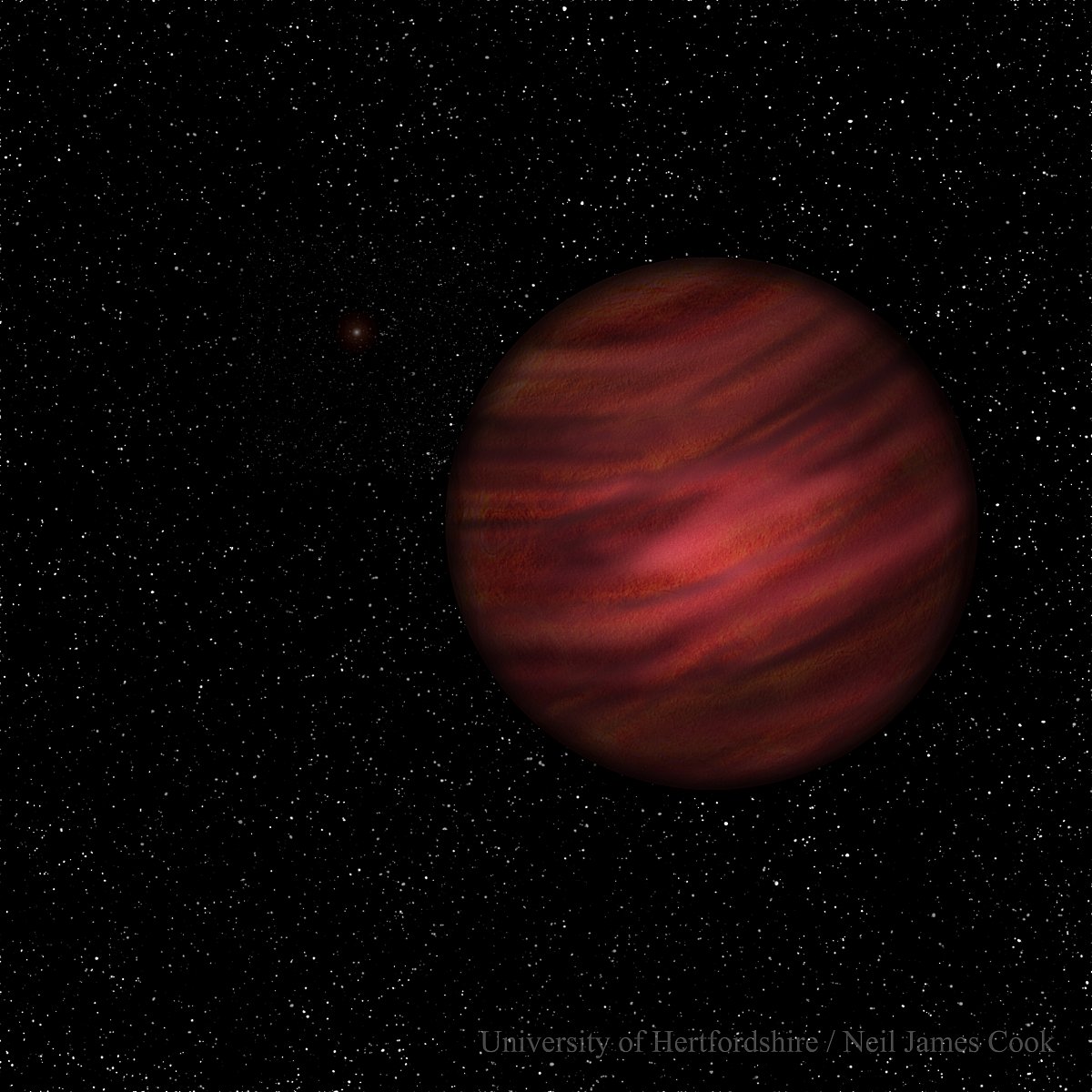
In 2014 Canadian researchers identified 2MASS J2126 as a possible member of a 45 million year old group of stars and brown dwarfs known as the Tucana Horologium Association. This made it young and low enough in mass to be classified as a free-floating planet.
In the same region of the sky, TYC 9486-927-1 is a star that had been identified as being young, but not as a member of any known group of young stars.
Until now no one had suggested that TYC 9486-927-1 and 2MASS J2126 were in some way linked.
Dr Niall Deacon of the University of Hertfordshire and his team have spent the last few years searching for young stars with companions in wide orbits.
They found that TYC 9486-927-1 and 2MASS J2126 are moving through space together and are both about 104 light years from the Sun, implying that they are associated.
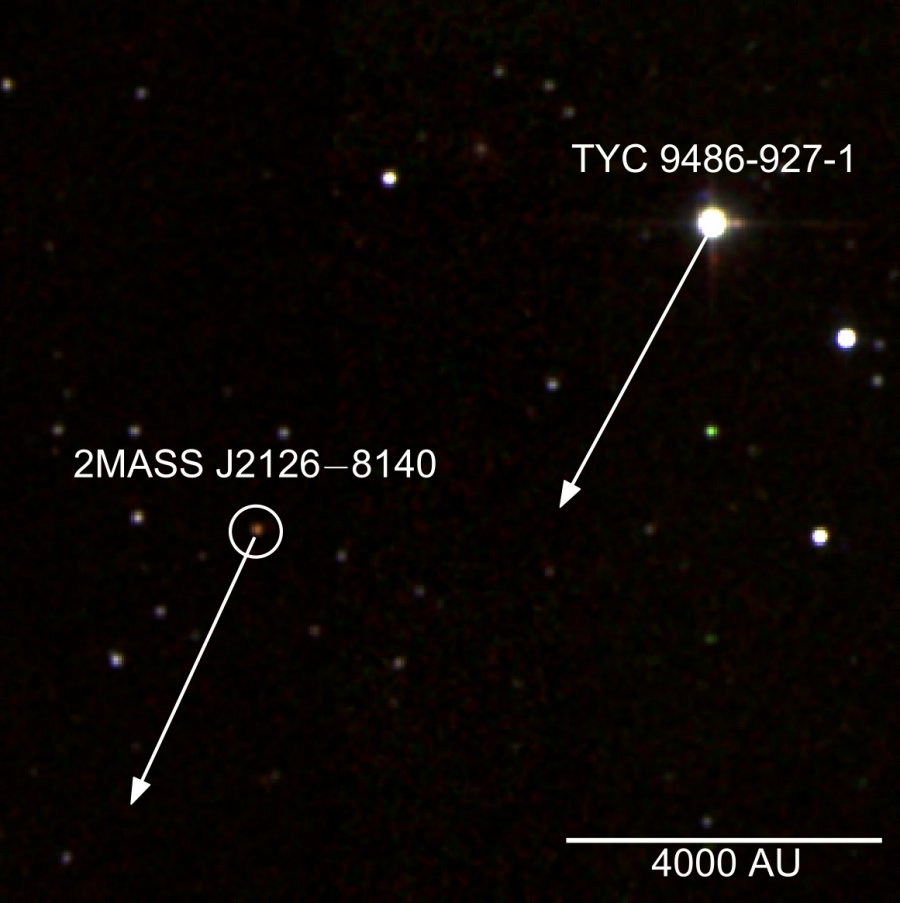
“This is the widest planet system found so far and both the members of it have been known for eight years,” said Dr Deacon, “but nobody had made the link between the objects before. The planet is not quite as lonely as we first thought, but it’s certainly in a very long distance relationship.”
However, the astronomers were not able to confirm that TYC 9486-927-1 and 2MASS J2126 are members of any known group of young stars.
Based on this age the team was able to estimate the mass of 2MASS J2126, finding it to be between 11.6 to 15 times the mass of Jupiter. This placed it on the boundary between planets and brown dwarfs.
It means that 2MASS J2126 has a similar mass, age and temperature to one of the first planets directly imaged around another star, beta Pictoris b.
“Compared to beta Pictoris b, 2MASS J2126 is more than 700 times further away from its host star,” Dr Simon Murphy of the Australian National University, also a study co-author, “but how such a wide planetary system forms and survives remains an open question.”
There is little prospect of any life on an exotic world like this, but any inhabitants would see their ‘Sun’ as no more than a bright star, and might not even imagine they were connected to it at all.
The researchers report the discovery in a paper in Monthly Notices of the Royal Astronomical Society.
MessageToEagle.com
Source: RAS

